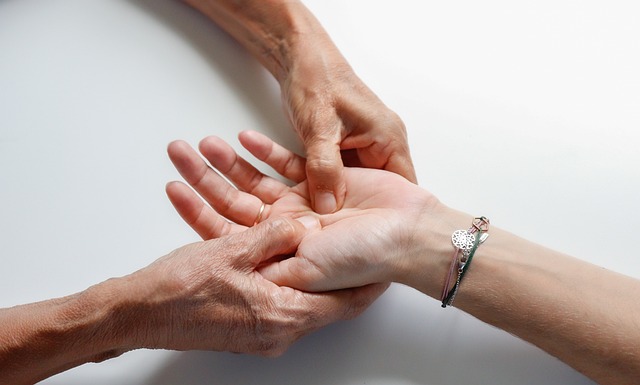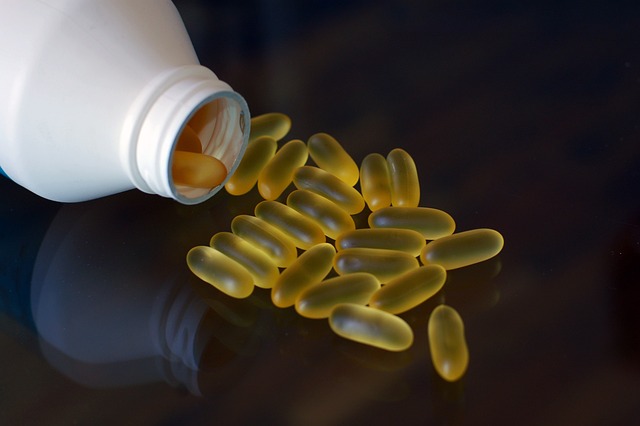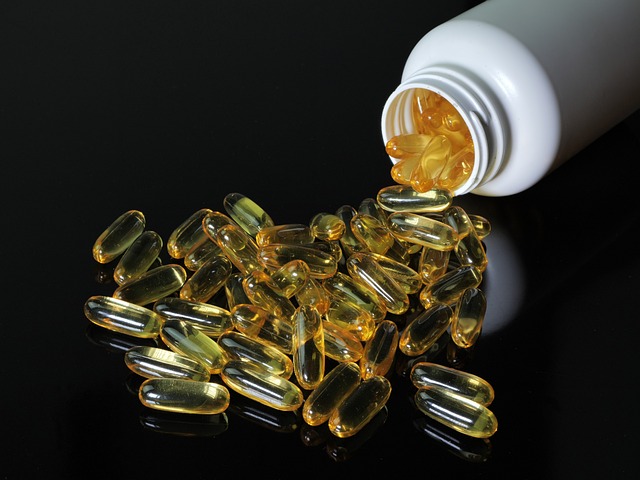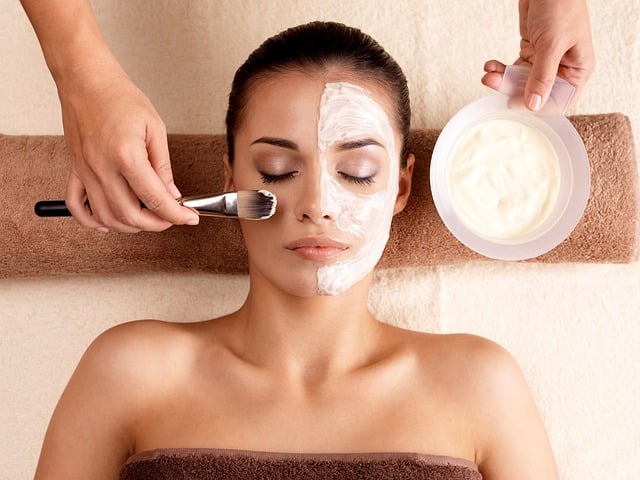Skin dehydration, often overlooked, disrupts moisture balance leading to dryness, roughness, and premature aging. Non-invasive treatments like microdermabrasion, chemical peels, microneedling, and RF therapy offer effective hydration solutions with minimal side effects. Combining topical and oral hydration methods provides a holistic approach to skin health. At-home care routines, including cleansing, toning, moisturizing, and using facial humidifiers, enhance the effectiveness of non-invasive treatments. Consulting a dermatologist ensures safe, personalized advice for achieving and maintaining optimal skin hydration without surgery or lengthy recovery times.
Skin hydration therapy has emerged as a game-changer in dermatological care, addressing the fundamental need for effective moisture retention. Understanding skin dehydration—its causes and effects—is the first step towards harnessing the power of advanced non-invasive treatments. From topical applications to innovative techniques like microneedling, this comprehensive guide explores diverse methods. We delve into the benefits, safety considerations, and at-home routines, empowering individuals to make informed choices for achieving and maintaining optimal skin hydration with non-invasive treatments.
Understanding Skin Dehydration: Causes and Effects

Skin dehydration is a common yet often overlooked issue that can significantly impact overall skin health and appearance. It occurs when the skin loses its natural moisture balance, leading to dryness, roughness, and a variety of other problems. Understanding the causes and effects is crucial in recognizing when hydration therapy is necessary.
Various factors contribute to skin dehydration, including environmental conditions like low humidity, excessive sun exposure, and harsh weather changes. Certain skincare routines that don’t incorporate adequate moisture or over-exfoliation can also be culprits. The consequences are visible; dehydrated skin may appear dull, tight, and even develop fine lines and wrinkles prematurely. It can feel rough to the touch and become sensitive and irritable. Luckily, non-invasive treatments offer effective solutions to restore skin hydration and maintain a healthy, radiant complexion.
The Rise of Non-Invasive Hydration Therapies

The beauty industry’s shift towards non-invasive treatments has brought about a revolution in skincare, particularly when it comes to hydration. In recent years, there’s been a noticeable rise in popularity for non-invasive hydration therapies that offer effective and safe ways to achieve healthier, glowing skin. These cutting-edge techniques have gained traction due to their minimal side effects and ability to stimulate the body’s natural healing processes.
One of the key drivers behind this trend is consumer demand for alternative solutions that avoid the risks associated with surgical procedures. Non-invasive treatments like microdermabrasion, chemical peels, and advanced moisturizing routines deliver intense hydration while preserving the skin’s integrity. As technology advances, these therapies continue to evolve, providing individuals with accessible and convenient ways to maintain optimal skin moisture levels and overall skin health.
Topical vs Oral: Exploring Common Hydration Approaches

Many people wonder about the differences between topical and oral hydration methods, especially when considering non-invasive treatments for skin conditions. Topical hydration involves applying moisturizing products directly to the skin, which can help lock in moisture and nourish the skin cells. This approach is often recommended for various skin issues like dryness, eczema, and acne, as it allows for targeted treatment without introducing substances into the body systemically.
Oral hydration, on the other hand, refers to consuming fluids and foods rich in hydration properties. While it may seem less direct, oral hydration plays a significant role in overall skin health. Staying well-hydrated from within supports the skin’s natural moisture barrier function, promoting elasticity and a healthier complexion. Non-invasive treatments often combine both topical and oral hydration strategies for optimal results.
Advanced Techniques for Deep Skin Penetration

Advanced techniques in skin hydration therapy focus on achieving deep skin penetration without causing any invasiveness, ensuring comfort and minimal downtime for patients. One such method is the use of microneedling, where tiny sterilized needles are used to create controlled micro-injuries in the top layer of the dermis. This process prompts the body to produce collagen and elastin, resulting in improved skin texture, reduced fine lines, and enhanced hydration levels. Another innovative approach is radiofrequency (RF) therapy, which utilizes focused energy to stimulate collagen renewal and tighten skin.
Non-invasive treatments like these offer a more comfortable alternative to traditional surgical procedures while still delivering significant results. They are particularly effective for addressing common skin concerns such as acne scars, hyperpigmentation, and signs of aging, allowing individuals to achieve healthier, rejuvenated complexions without the associated risks or recovery periods of more invasive therapies.
Benefits of Chemical Peels and Microneedling

Chemical peels and microneedling are non-invasive treatments that offer a multitude of benefits for skin hydration therapy. Chemical peels use specific chemicals to gently exfoliate the skin, removing dead skin cells and unclogging pores. This process allows for better absorption of hydrating products, leading to a smoother, more radiant complexion. Additionally, chemical peels can stimulate collagen production, which is essential for maintaining skin elasticity and a youthful appearance.
Microneedling, on the other hand, involves pricking the skin with tiny sterilized needles to create micro-channels. This stimulates the body’s natural healing process, boosting collagen and elastin production. The result is improved skin texture, reduced fine lines and wrinkles, and enhanced hydration levels. Both treatments are effective in enhancing skin hydration without causing significant discomfort or downtime, making them popular choices for those seeking non-invasive yet impactful skincare solutions.
At-Home Care Routines for Optimal Hydration

Maintaining optimal skin hydration at home is a simple yet powerful step towards achieving healthy, glowing skin. Incorporating a consistent care routine into your daily regimen can significantly enhance the effects of non-invasive treatments like moisturizers and serums. Start with cleansing your face twice a day to remove impurities and excess oil without stripping away natural moisture barriers.
Follow this with a hydrating toner to balance the skin’s pH level and provide an extra boost of moisture. Apply a rich, nutrient-dense moisturizer suitable for your skin type to lock in hydration. For added benefits, consider incorporating serum-based treatments that target specific concerns such as dryness or fine lines. Using a facial humidifier during and after cleansing can also help retain moisture, especially in colder, drier environments.
Safety, Side Effects, and Choosing the Right Treatment

Skin hydration therapy, while appealing, should be approached with caution. Safety is paramount, and it’s crucial to opt for non-invasive treatments to minimize risks. Many procedures offer minimal downtime or discomfort, but potential side effects vary. Some common concerns include temporary redness, swelling, and mild irritation—especially with newer, less aggressive techniques like microneedling or certain serum applications.
Choosing the right treatment involves understanding your skin type and goals. Consulting a dermatologist is essential for personalized advice. They can guide you toward options tailored to your needs, be it deep hydration for dry skin or targeted treatments for specific conditions. Non-invasive approaches offer a safer, more accessible route to achieving healthier, hydrated skin without significant risks or lengthy recovery periods.
